BULBS & SEEDS
Our selection changes with the seasons, see when you can generally expect certain product to arrive below.
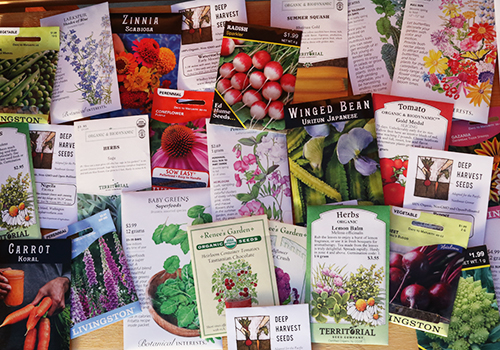
VEGGIE, FLOWER & HERB SEEDS
Almost all year round, we stock carefully chosen varieties for the PNW. Look for Territorial, Renee's, Botanical Interests, Baker Creek, Ed Hume, Deep Harvest, Kitazawa, Native Ideals and Livingston.
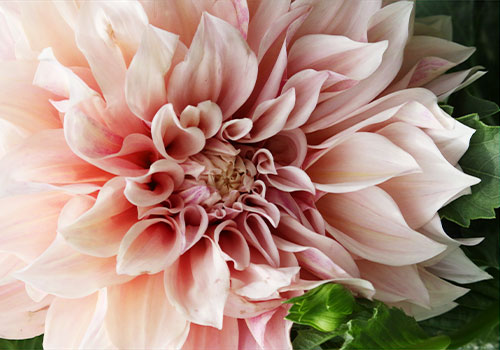
DAHLIA TUBERS
We receive a huge selection of dahlia tubers with our summer bulb shipments, usually in stock February - March. March-April, look for the Seattle Dahlia Society's own tuber selection!
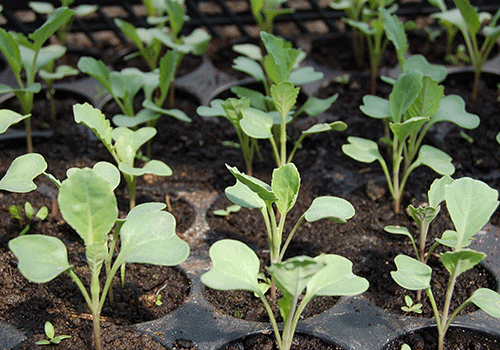
SEED STARTING SUPPLIES
We have everything you need to succeed in starting your own seeds. That includes seed-starting mix, organic starter fertilizer, grow lights, planting trays, and more.
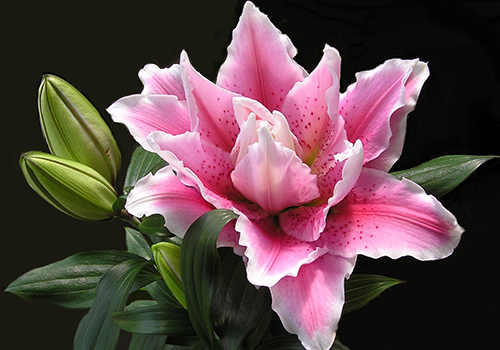
SUMMER BLOOMING BULBS
We carry our best selection of summer-blooming bulbs, tubers, and corms between Feb-early March. Look for dahlias, begonias, gladiolas, caladium, lilies, crocosmia and even trillium.
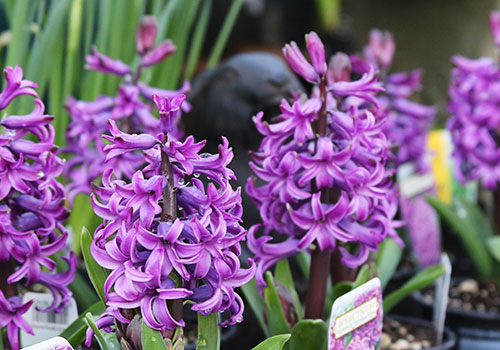
PRE-ROOTED SPRING BULBS
If you miss out on the spring-blooming bulb selection in the fall, don't worry! In the month of February we stock many spring flowers pre-rooted and ready to brighten up your beds and containers.
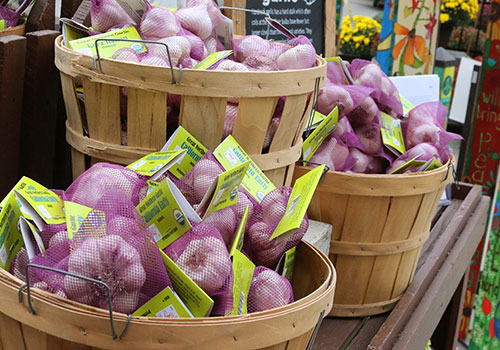
GARLIC BULBS
Heirloom, organic, softneck, hardneck and elephant garlic bulbs arrive approximately mid-late September, so save some room for those as you plant your overwintering veggies!
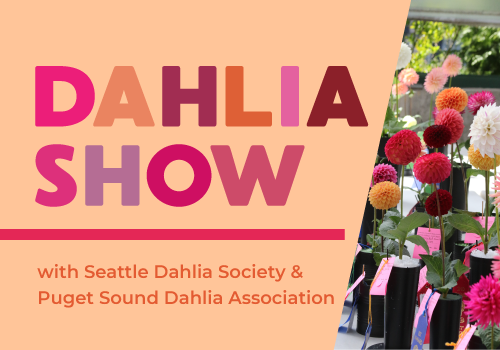
DAHLIA SHOW
In August, come to Sky for the biggest dahlia show in North America, put on by the Puget Sound Dahlia Association. Although tubers aren't sold at this time, it’s a great chance to pick out varieties!

SPRING BLOOMING BULBS
Hyacinth, daffodils, tulips, fritillaria and other spring flowers must be planted in the fall for a riot of beautiful blooms in the spring. So, look for our best selection of these and more September - October.
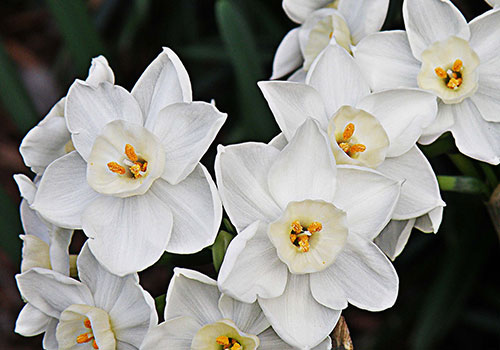
AMARYLLIS & PAPERWHITES
In November and into December, keep an eye out for paperwhite and amaryllis bulbs for indoor winter blooms. The practice of “forcing” bulbs indoors is a great way to bring cheer to the holidays.

Our selection is always changing, with fresh shipments arriving throughout the week. Please give us a call to check availability.
FREQUENTLY ASKED QUESTIONS
It’s optional for most seeds. Most vegetables and flowers have enough time to grow between when the soil is warm enough for their seeds to germinate and when the days get too short for them to continue growing. Those varieties can all be direct sown, which means planted directly in the ground where they will grow all season. Direct-sown plants have no risk of transplant shock and can start adapting to their environment right away, so it’s often best to direct sow if possible. A few popular plants, like tomatoes, may not have enough time in this window, so they are best started indoors and then transplanted.
Check your temperatures and moisture levels. Each kind of seed has an ideal temperature range for germination, which you can find on the back of your seed packet or on a seed planting chart. All seeds need the soil to be consistently about as damp as a well wrung-out sponge from the time they are first watered-in until their leaves show above the ground. Try covering the soil completely during this sensitive time. Just make sure to check for sprouting every day, and remove the cover as soon as you see green shoots.
Like any babies, young plants require extra attention and care. If your seedlings are indoors, make sure they have consistent temperatures, even moisture, a full-spectrum light about two inches above their growing tips, and excellent air circulation. A fan can help improve circulation and also help them grow stronger stems. If they are outdoors, make sure they are in full sun, watered evenly, and protected from any sudden temperature changes. Once your seedlings grow their first set of leaves other than the ones that first emerged from the ground, thin them to the final spacing recommended on your seed packet.
Spring-blooming bulbs like tulips and daffodils should be planted in the fall, as late as November. We also sell pre-rooted bulbs in the spring, which can be dug up and planted deeper once they are done flowering if you want them to rebloom the next year. Summer-bloomers like dahlias should be planted in the spring.
Squirrels love certain bulbs, especially tulips and crocuses. The best way to prevent them from undoing all of your hard work is to physically stop them from reaching your bulbs using chicken wire. There are two main options here. You can lay chicken wire over the entire area after you’ve planted your bulbs, weigh it down with rocks, and then cover it with a light mulch. Or you can make individual cages for each bulb and plant the whole cage in the ground. Interplanting with bulbs squirrels don’t like, such as daffodils, and planting deeply can also help deter squirrels.
